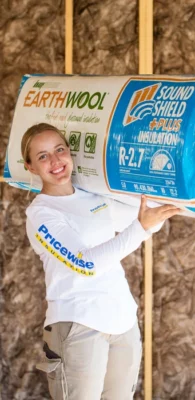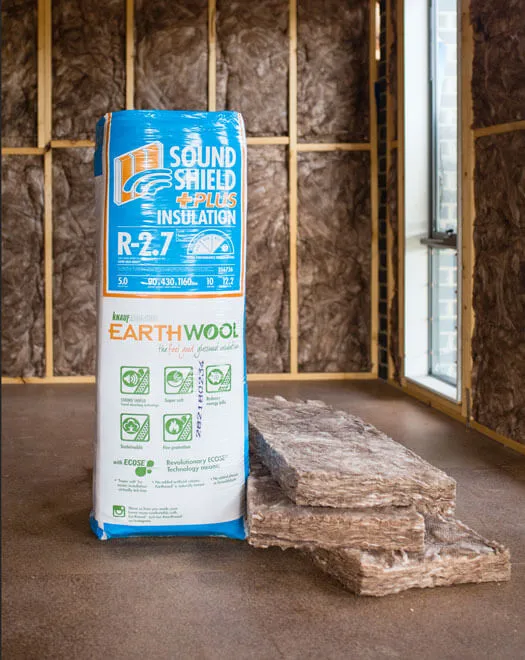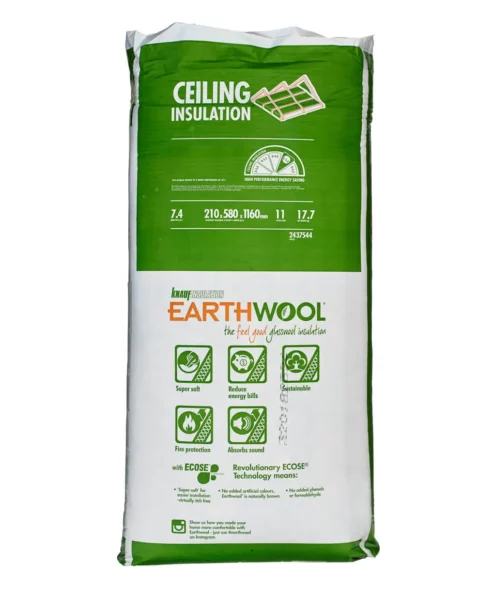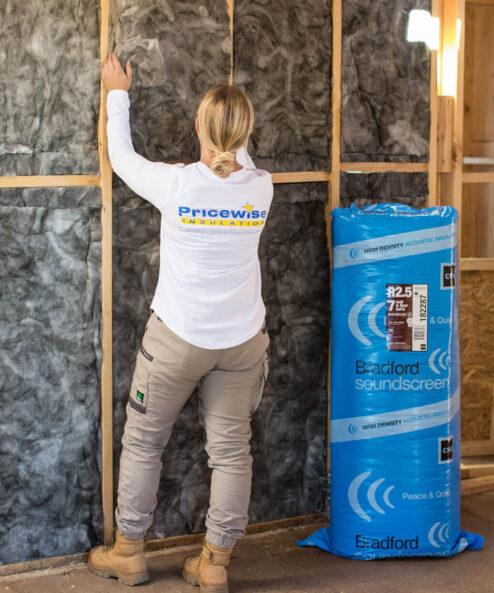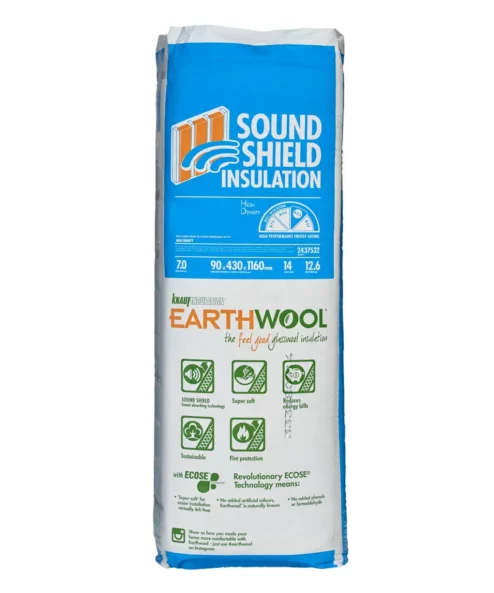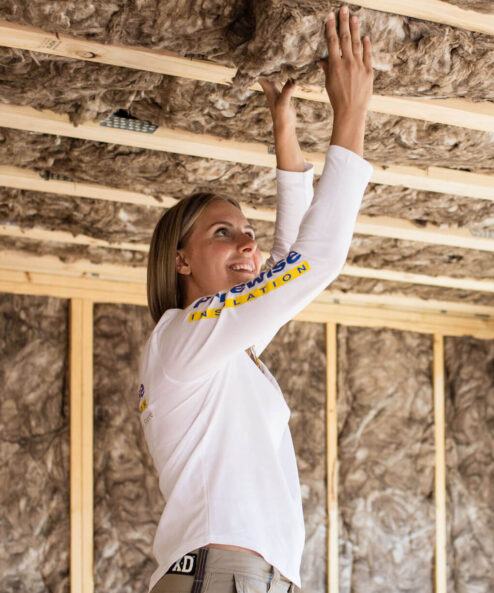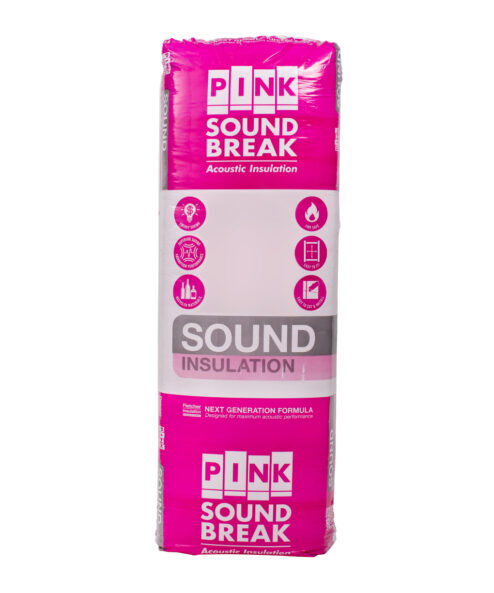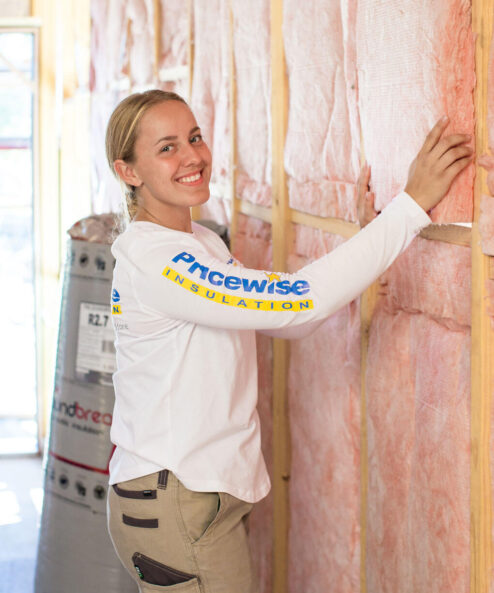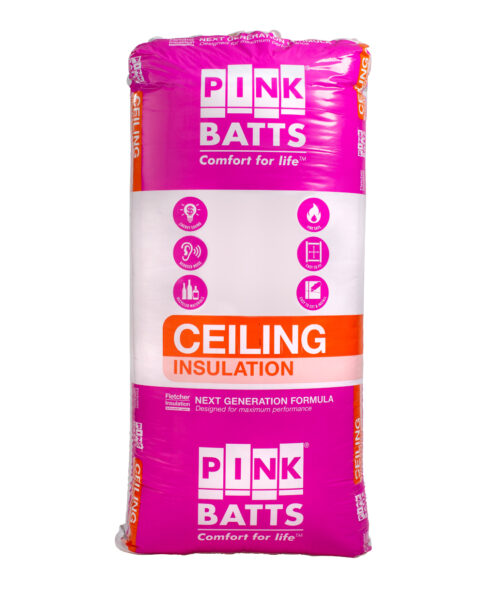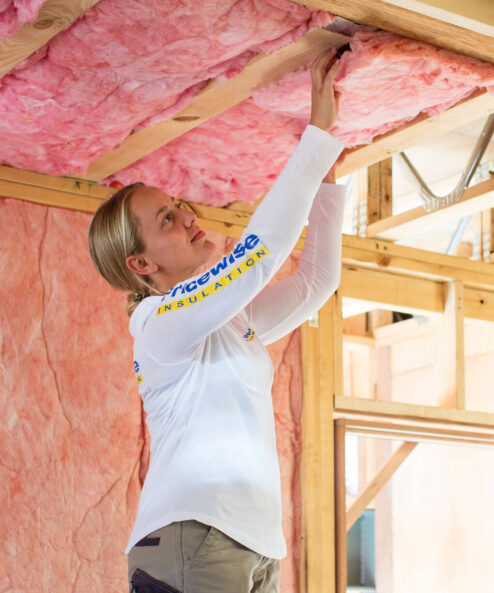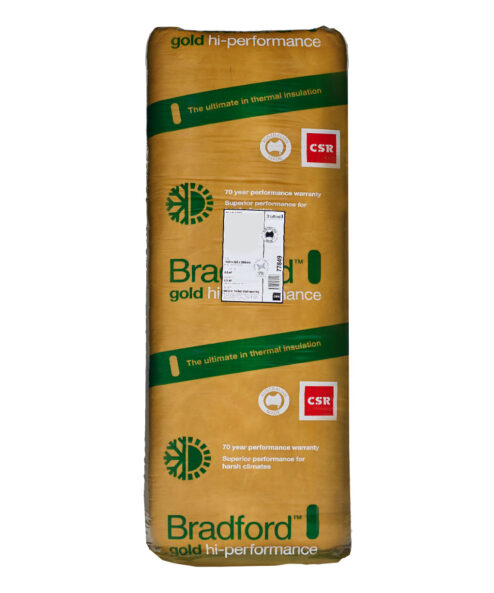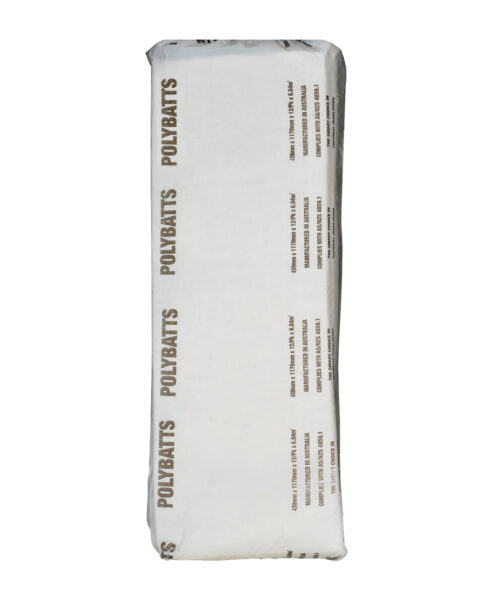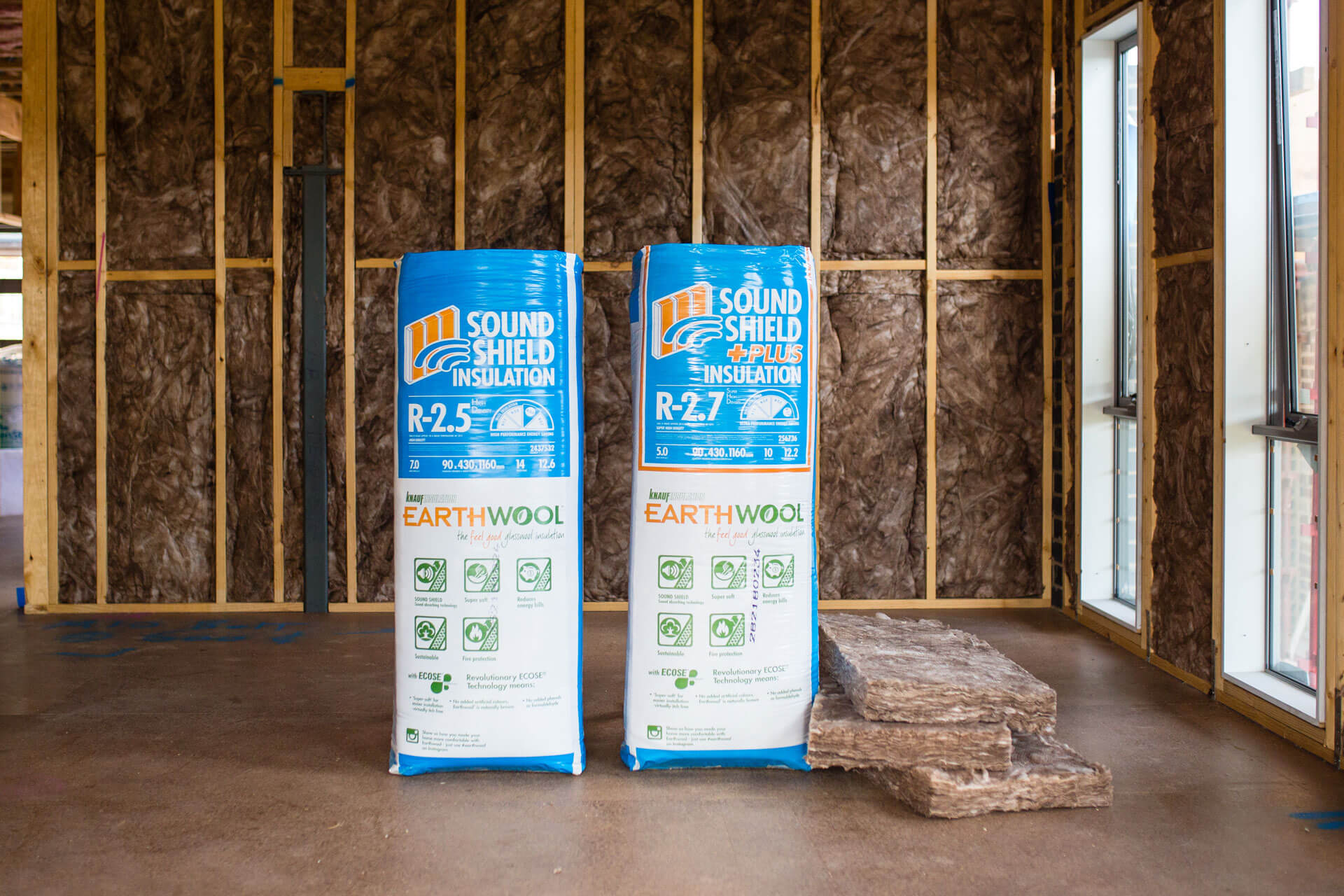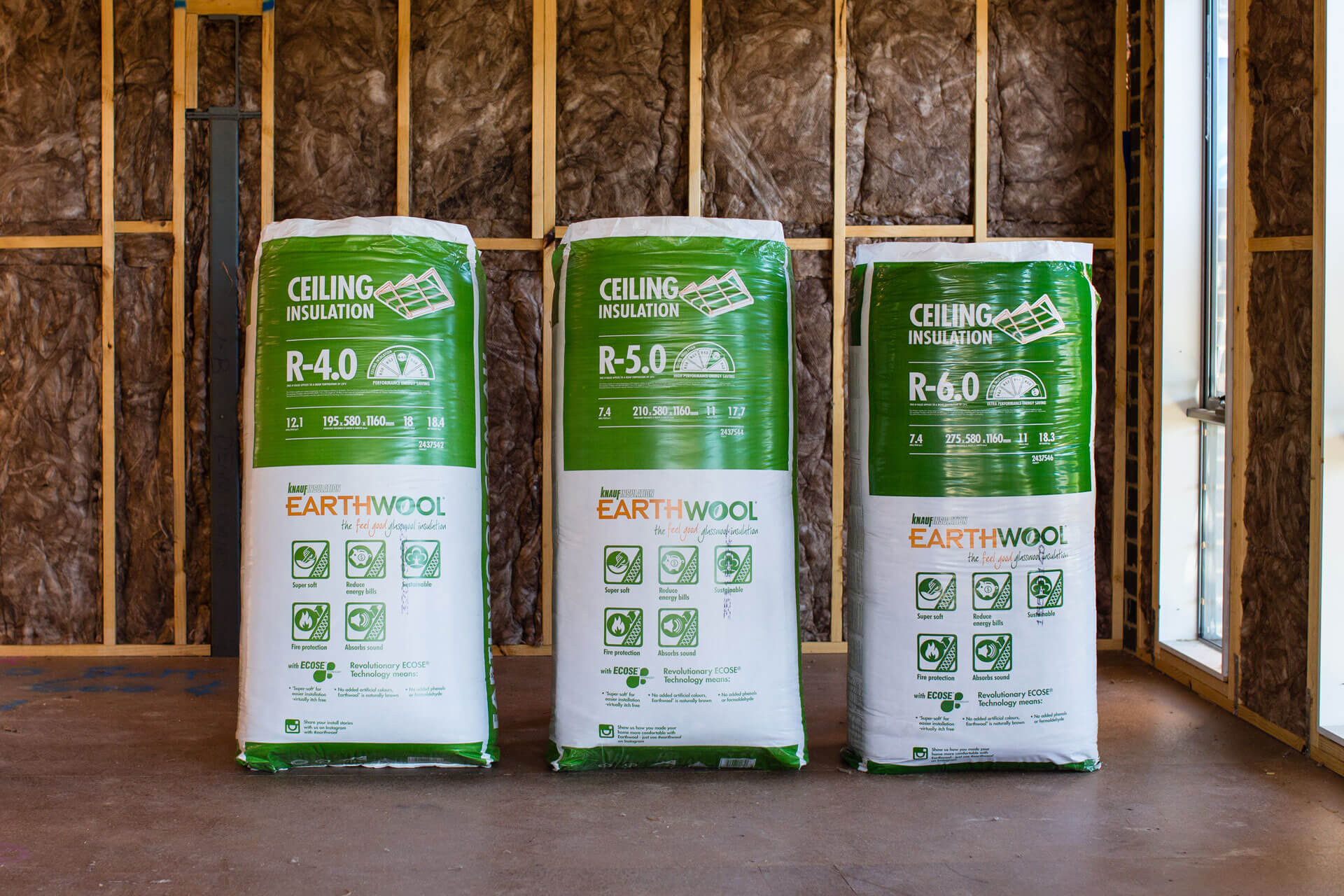Between Floors Insulation
An area often forgotten for sound insulation is between the floors of a double storey home. Insulation between floors can limit the transfer of noise and ensure a more peaceful and quiet home to relax in. We recommend installing either acoustic insulation or R4.0 or higher ceiling insulation.
Why Install Insulation Between Floors?
Thermal Benefits with Mid-Floor Insulation
There are thermal benefits to installing insulation between floors, in particular if most of your time will be spent either in the upper or lower level of the house. In that case, any indoor heating or cooling appliances will work more effectively to maintain a stable temperature throughout your home. By installing mid-floor insulation, thermal heat loss can be reduced between floors and rooms. If your home is built on wooden stumps then don’t forget to install underfloor insulation as well.
Acoustic Insulation in the Mid-Floor Insulation
Midfloor insulation can limit the transfer of noise between floors to allow for a peaceful and quite space to relax in. Floor insulation can reduce up to 75% of noise levels between adjacent floors and can maintain noise at an acceptable level. Children shouting, loud music or even a noisy washing machine can create disturbances to the rest of the household. Acoustic insulation between two levels of a house can help to create a quieter home and contain sound to its designated area. Mid-floor insulation is relatively easy to install, very effective and great value for money.

